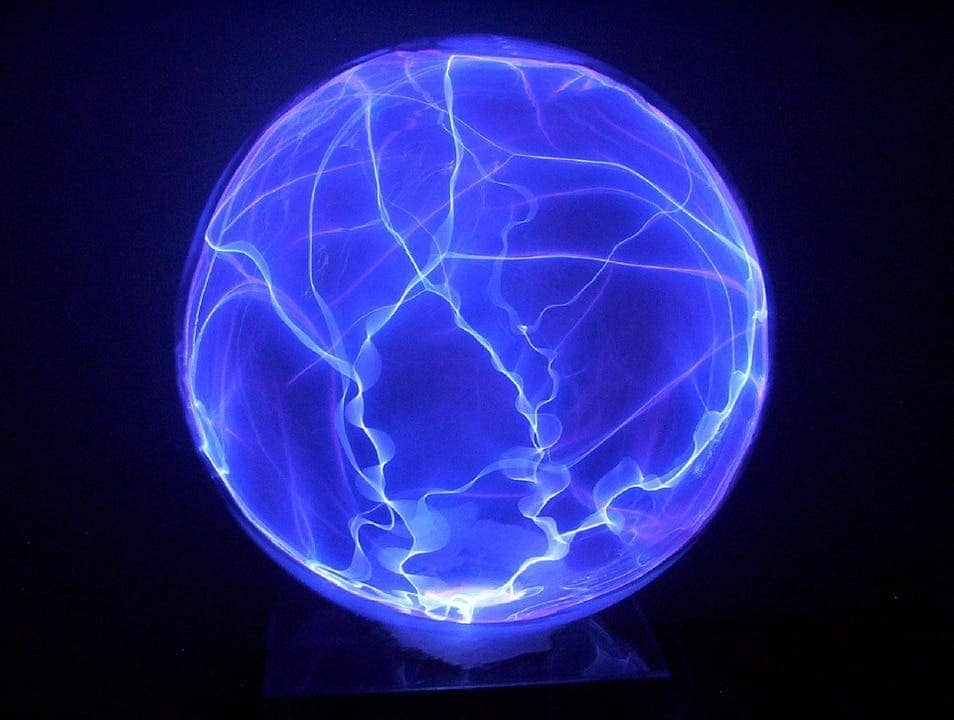An international research effort brings us one step closer to unlocking fusion power on Earth.

Image via Pixabay.
The team of researchers, comprised of members from Ireland and France, used ground-based radio telescopes and ultraviolet cameras mounted on a NASA spacecraft to peer into the unseen workings of the Sun. Their observations give us a better understanding into how and why plasma becomes unstable. With this data in hand, researchers will hopefully be able to better control plasma down on Earth and potentially tame it into a clean, safe, and extremely powerful energy source.
Abundant, but not with us
“We worked closely with scientists at the Paris Observatory and performed observations of the Sun with a large radio telescope located in Nançay in central France,” says Dr. Eoin Carley, a postdoc at Trinity College Dublin and the Dublin Institute of Advanced Studies (DIAS), who led the research
“We combined the radio observations with ultraviolet cameras on NASA’s space-based Solar Dynamics Observatory spacecraft to show that plasma on the sun can often emit radio light that pulses like a light-house. We have known about this activity for decades, but our use of space and ground-based equipment allowed us to image the radio pulses for the first time and see exactly how plasmas become unstable in the solar atmosphere.”
We’re used to thinking of matter as predominantly being gaseous, liquid, solid, and a smattering of other rare and exotic states. That might be the case on Earth, but in the Universe at large, plasma is definitely the most abundant state of matter. Stars are huge things, and they’re mostly plasma, for example — our Sun included.
Plasma is a very energetic, very unstable electrically charged fluid. Conditions on our planet are simply too tame for it to pop up, so it’s extremely scarce and hard to study. Specialized laboratories that can recreate the extreme conditions of space are needed to properly study it. However, the team came up with a better plan: to just look at what the huge ball of plasma in the sky is doing. The Sun, they argue, gives us a chance to study how this state of matter behaves in conditions that are too extreme for any laboratory we’ve ever built.
“The solar atmosphere is a hotbed of extreme activity,” Dr. Carley adds, “with plasma temperatures in excess of 1 million degrees Celsius and particles that travel close to light-speed. The light-speed particles shine bright at radio wavelengths, so we’re able to monitor exactly how plasmas behave with large radio telescopes.”
The team used radio telescopes across Europe and ultraviolet cameras mounted on NASA spacecraft to observe solar plasma and compare its behavior to that of plasma we’ve generated. They hope that their data will help us design efficient magnetic confinement systems for our fusion reactors — these are the things that will keep plasma from liquefying out reactors’ walls. Successfully designing a working fusion reactor wouldn’t be a mean feat at all; these reactors are miles ahead of our current tech in terms of output, safety, and cleanliness.
“Nuclear fusion is a different type of nuclear energy generation that fuses plasma atoms together,” says Professor at DIAS and collaborator on the project, Peter Gallagher, “as opposed to breaking them apart like fission does. Fusion is more stable and safer, and it doesn’t require highly radioactive fuel; in fact, much of the waste material from fusion is inert helium.”
“The only problem is that nuclear fusion plasmas are highly unstable. As soon as the plasma starts generating energy, some natural process switches off the reaction. While this switch-off behaviour is like an inherent safety switch — fusion reactors cannot form runaway reactions — it also means the plasma is difficult to maintain in a stable state for energy generation. By studying how plasmas become unstable on the Sun, we can learn about how to control them on Earth.”
The paper “Loss-cone instability modulation due to a magnetohydrodynamic sausage mode oscillation in the solar corona” has been published in the journal Nature Communications.


